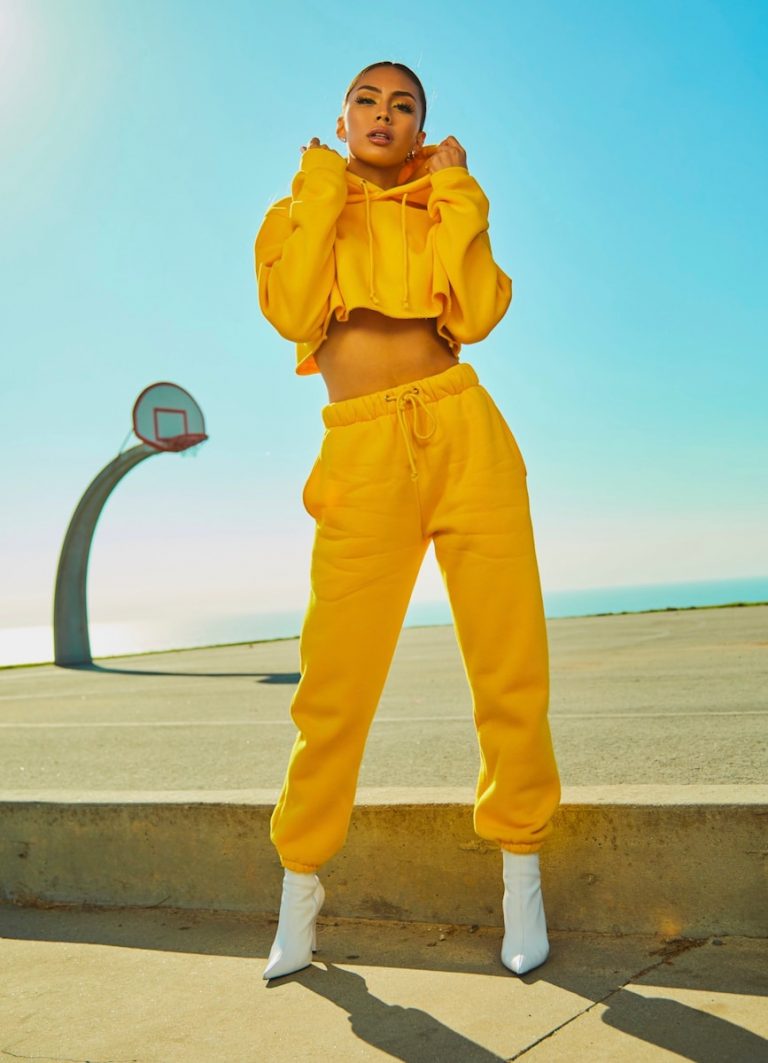The Roaring 20s for Fashion
The 1920s began a shift in fashion, reflecting the social changes in the post-World War 1 era. This era was known for young women who defied traditional norms with their short bob haircuts and knee-length dresses. This period was when more significant movements and expressions were allowed, particularly for women, to symbolise their growing liberation. Some key trends in that era included drop waist dresses and elaborate beadwork, which represented the spirit of freedom and rebellion.
Modern Fashion: The Birth
The 1920s are often called the birth of modern fashion when designers like Coco Chanel introduced more pieces catering to women’s evolving societal roles. Fringe dresses and silk stockings alongside t-strap heels became pieces that best represented the era, as the influence of Hollywood stars like Clara Bow drove it mainstream.
The 1930s: Hollywood’s Golden Age
Despite the nation’s massive hit during the Great Depression, the allure of fashion was kept alive. An era of glamour was heavily influenced. Movie stars began to set the tone with their sophisticated styles. In the 1930s, it became evident that fashion was about opulence despite the economic trials that were ongoing.
The 1940s: Wartime Fashion
The 1940s were defined by the Second World War, which had an impact on the fashion industry. Fabric rationing meant that clothing had to become more utilitarian and practical. Women had to take on more active roles in the workforce which called for simpler, more durable attire.
Styles were a lot more streamlined in World War 2. Functionality became a lot more paramount. In this era, practicality also met style. Designers towards the end of the decade, started to create pieces with cinched waists and full skirts.
The 1950s Revolution
In the 1950s, a “New Look” was introduced by Christian Dior that dominated the fashion scene. This look emphasised femininity and elegance which was a contrast to the wartime fashion that had been developed prior. The iconic hourglass figure accompanied by voluminous skirts became the go-to of 1950s fashion. Sweater sets and pearls were the look to die for. After the war, there was an influence of optimism. The post-war economic boom introduced a feeling of prosperity which included luxurious fabrics.
The Swinging Sixties
This decade broke away from conservative styles of the 1950s and bold colours began to be introduced alongside unconventional cuts. The Mod movement was also prominent in the 60s, popularising mini skirts, bright patterns and go-go boots which captured the spirit of rebellion.
The 1970s: A Disco Era
In the disco era, the fashion was reflective of the vibrant nightlife. Disco fashion in this decade was all about making a statement. Jumpsuits and platform shoes were essential. Fabrics like satin and sequins also added to the glitz and glamour of the disco scene during this period.
The Power Dressing in the 1980s
Power dressing in the 1980s reflected the increasing presence of women in the corporate workforce. Outfits included bolder, assertive styles that presented confidence and authority.
Minimalism in the 1990s
The 1990s brought around a dichotomy in terms of fashion trends. The minimalistic approach emphasised functionality with a level of elegance that was understood. This included neutral colour palettes alongside streamlined silhouettes.
The New Millenium: The 2000s Fashion Tech Revolution
In the 2000s, there was a sudden blend of futuristic and nostalgic trends heavily influenced by technological advancements and the internet. These included low-rise jeans and cargo pants. To further explore these styles, men’s vintage clothing offers a rich selection of pieces that encapsulate the essence of these fashion eras. Also, the rise of online shopping and fast fashion had an impact on consumer behaviour. Trendy clothing in this decade became more accessible and raised concerns about ethical production practices.
Ultimately, fashion is inherently cyclical. Trends from past eras continually resurface in new and innovative ways. Designers often draw inspiration from previous decades and blend different elements and contemporary styles to create fresh looks. Understanding the history of fashion helps anticipate future trends as the industry continues to evolve and honour its legacy.


0 Comments